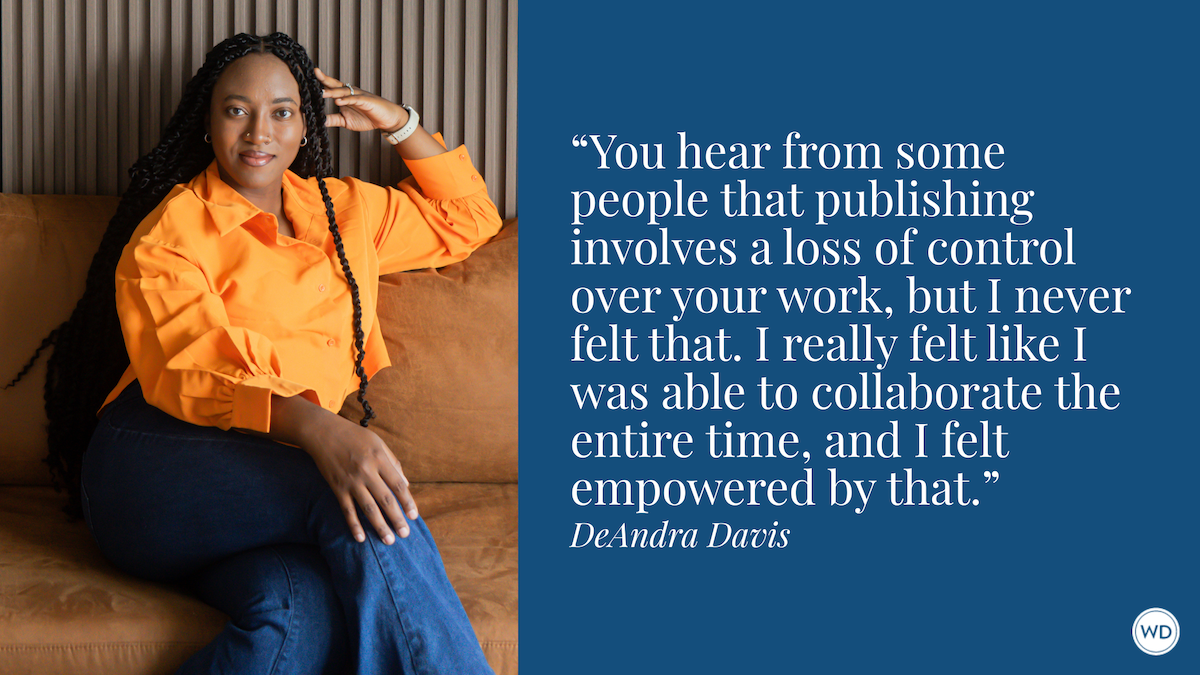Writing Multiple Points of View
Wendy Heard, author of The Kill Club, offers 5 tips for making writing in multiple points of view easier for you and more satisfying for your readers.
When a story calls for more than one narrator, it’s exciting (at first). In a way, starting a new book is like diving into a new relationship—a potentially abusive relationship with a high-maintenance narcissist who demands you spend every moment obsessing about them.
I’ve now been in two multiple points of view relationships, one with The Kill Club, a thriller released December 2019, and one with She’s Too Pretty to Burn, a YA thriller out in 2021. Going through the rounds of revisions on these two projects taught me a lot, and I hope what I’ve learned is useful to you. Of course, there’s no one right way to create art. If these tips resonate with you, wonderful. If not, I’d love to hear what does work for your particular brand of artistry.
5 Tips for Writing Multiple Points of View
That said, let’s dive into some suggestions I have for writing multiple POV projects.
1. Determine your primary POV
Even if you have just a couple of narrators, one of them will likely carry the theme of the book and serve as the dominant POV. I spent a lot of time figuring this out with She’s Too Pretty to Burn, where I had dual narrators with almost the same amount of real estate. If you’re not sure who your primary narrator should be, consider the logline for your book in terms of the following structure: “X person must do Y or [some bad thing] will happen.” For example, “Harry Potter must defeat Voldemort or the wizarding world will be ruined forever.” Sometimes putting your logline into this sentence frame will help determine who’s carrying the central conflict in the story.
In general, I’ve heard from many different people that it helps a reader orient themselves in a multiple POV story when the primary narrator goes first and gets Chapter One.
2. Distinguish your characters’ voices
First, figure out if you’d like to differentiate the POVs by making one first person and the other(s) third person, one past tense and the other(s) present tense, one limited and the other(s) omniscient, etc. Going back and forth between limited and omniscient in third person is high art, and I admire anyone who can pull it off.
Next, consider the characters themselves. If you have a character who is musical, they’ll likely be quite auditory and their descriptions of settings will include sounds as much as imagery. If you have a character who’s younger, their internal cultural references, comparisons, and slang will be different than an older character. If one character is a doctor, they might notice physical aspects of the people around them more than, say, a glassblower.
I’d also recommend journaling a list of sayings and phrases used by each character. As you do, consider making each character’s thinking style vastly different. One person can be more poetic, with longer sentences containing more clauses. Another character might be a more direct person who tells it exactly like it is with no embellishment. The more work you do here, the more authentically each of these voices will read.
3. When working with many points of view…
First of all, I recommend pouring a stiff drink and staring at your computer moodily. This is the only way to commence writing more than three points of view.
Some stories must be told from many perspectives. In this case, you’ve already determined who your protagonist will be, so now you’re trying to figure out how to fit all the other perspectives into the story. I was in this position for The Kill Club, and I developed a strategy that helped me stay organized: I considered the main character’s POV as the primary and all the other ones a secondary POV I called a “composite” POV. When I was outlining the book (see next bullet), I had one list of plot points and story beats for the protagonist and one for the composite, and I plugged narrators in based on who would be the best narrator for the story beat in question.
IndieBound | Bookshop | Amazon
[WD uses affiliate links.]
4. Beat sheets and outlines for multiple POVs
I work with Save the Cat beat sheets, but I know there are many other outlining tools in use. Regardless of methodology, a question arises: How do I know which character should tell which part of the story?
I’d advocate for giving the largest story beats to your protagonist. If the heart of the book happens away from your hero and with someone else, the question begs to be asked: why not make that other person the hero?
Some other things I’d advocate for doing in your protagonist’s POV: major relational beats, plot-altering twists (unless the point of the twist is that you’re showing something that will add suspense if hidden from the protagonist), thematic beats, and moments that could contribute to character development if given to the hero.
If you have dual POVs, with both being almost equally weighted, I’d recommend huge plot points such as the inciting incident, the midpoint, and the dark night of the soul happen in both perspectives. If possible, the two narrators could be in a scene together when these moments happen, or, if they’re carrying parallel narratives, such as in past/present tense books, they could each experience separate major plot points.
It’s important to remember that all POV characters need to go through a full plot, and the character growth needs to be well-developed in each, even if they only get a handful of chapters. By designating someone as a point-of-view character, you’ve said they are crucial to the reader’s experience of this story. This brings me to my final piece of advice.
5. Sometimes, maybe it’s not necessary
I wrote a book that started out as multiple POVs and ended up a single-narrator project. Sometimes, after you’ve sat with the outline for a minute, you might realize that being inside the head of one of these characters, or some of them, is not necessary for a reader to fully experience this story. While it’s hard to reconsider the structure of a project once you’ve fallen in love with it, just like in relationships, it’s important to be open to all possibilities in those early drafting stages. Readers can sometimes find themselves bored or alienated by extra points of view.
I hope this has been helpful. If you’ve written from multiple points of view and have tips to add, I’d love to hear from you. You can find me on Twitter, Instagram, and Facebook at @WendydHeard. Come chat with me and tell me your own tips!
About Wendy Heard
Wendy Heard was born in San Francisco but has lived most of her life in Los Angeles, which is on fire more than she would honestly prefer. She holds a Bachelor’s degree in Studio Art, emphasizing painting, and a Master’s degree in Education. When not writing, she can be found hiking the Griffith Park trails, taking the Metro and then questioning this decision, and haunting local bookstores.
Wendy is a member of Sisters in Crime, International Thriller Writers, and Mystery Writers of America, is a contributor at Crimereads.com, and co-hosts the Unlikeable Female Characters podcast.








